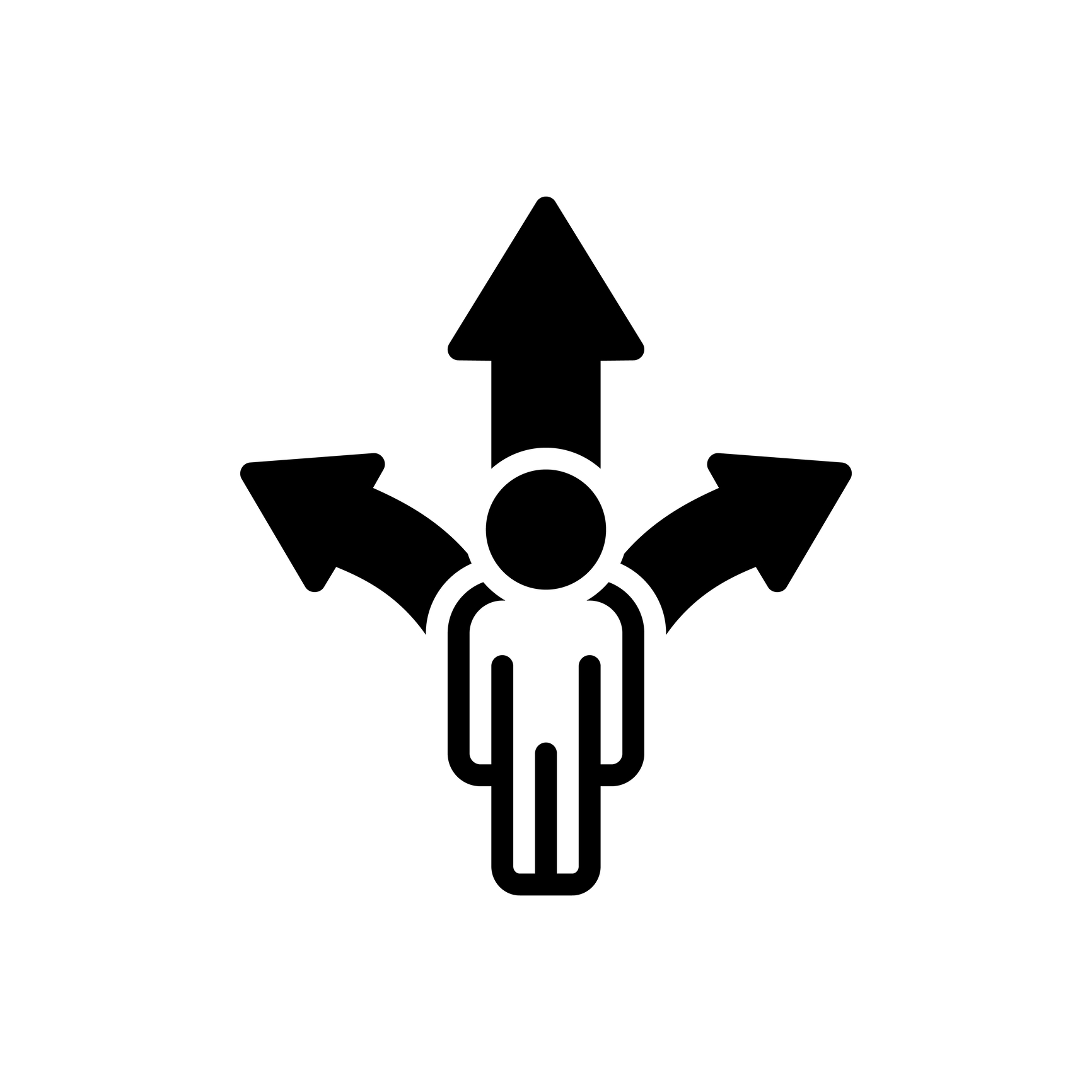Scrivener for essayists, short story writers and poets
Scrivener: perfect for writing collections Scrivener is not just for novelists. I write short stories and poems, and use Scrivener for my stock of this material, including a record of what's been published and where. The best template for collections of material? If you plan to keep all your poems (or stories, or articles, or essays) in one Scrivener project, I recommend you start with the Novel with Parts template. This provides a great...










